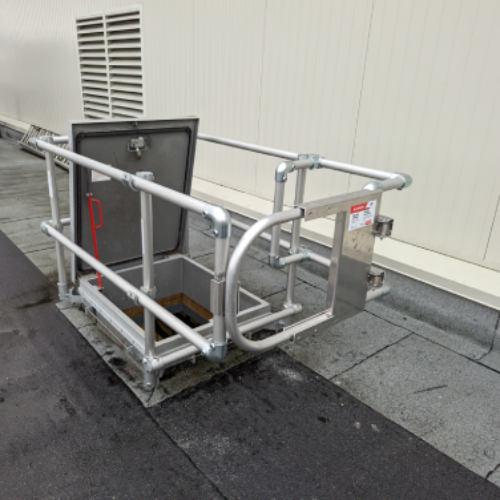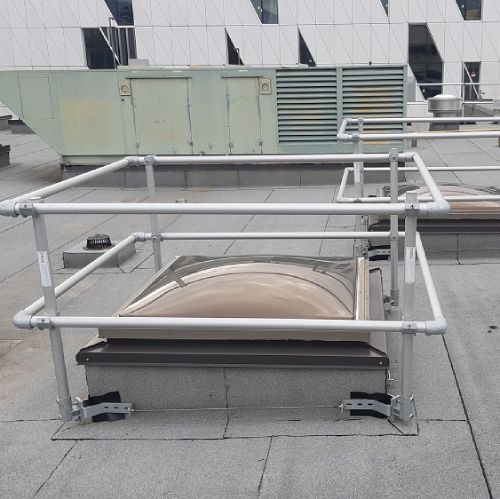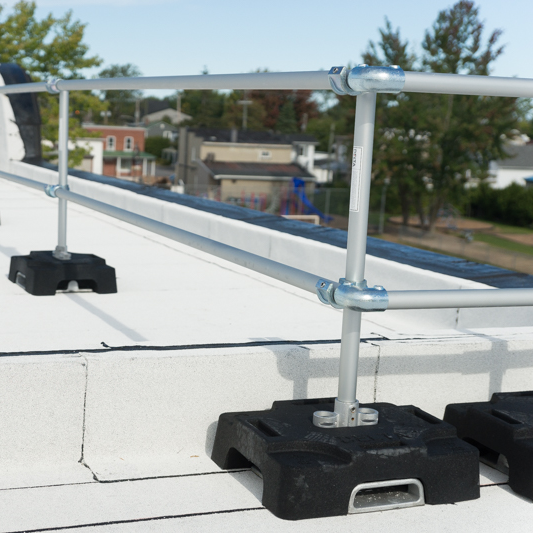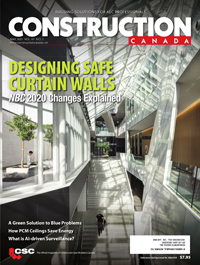Smart cities: building a sustainable future
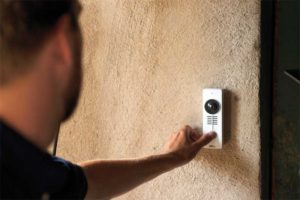
In the case of smart access systems, engineers and architects can design a building which provides enhanced security and convenience to residents and visitors through implementing secure access systems. Through the integration of top-quality products, building management can control all aspects of a building’s entry points, down to setting specific windows of time for separate points of entry for a set of people. For residents and their visitors, building management can easily generate single use or timed quick response (QR) codes which allow entry into a building, even if the resident is not at home. Modern access and intercom systems are touchless, with high quality two-way video to allow residents to identify visitors even when they are not at home with the use of
smartphone applications.
In terms of comfort, smart buildings can do a lot to improve the lives of residents in small ways and the overall sustainability and efficiency of a building through smart sensing and monitoring systems. Some examples this article has already touched on are variable HVAC adjustments based on the number of people in a room, or automatic lighting for common areas when residents and tenants enter them. Smart systems can extend to other areas of a residence or tenant’s space, offering live updates on the number of available parking spots in a garage or exercise bikes in a gym, optimizing building clean schedules based on foot traffic, or quickly detecting hazardous conditions and preemptively protecting residents.
A heavy basis in surveillance
The root these comforts and conveniences is surveillance. Whether the source is a camera or a sensor, data is collected through surveillance systems before it is aggregated and analyzed to enhance the lives of a smart city’s citizens.
On a grander scale, for public and private spaces, surveillance systems can provide a varied wealth of information which can be used for smart solutions. Data sourced from surveillance can inform building and city managers of how many people are in a building or area, how many people have entered through a specific doorway, how many parking spots are available at a public park, which roads have less congested traffic for faster emergency response times, which queues at public events are become disproportionately long, and which public streetlights are needed most often.
All this data can be applied to public works projects which will reduce power usage and emissions through more efficient use of lighting and less time spent driving through parking lots.
Sustainability
One of the prime goals of smart building and city initiatives should be working towards a sustainable future. As smart lighting and HVAC systems strive to lower energy consumption in low-traffic areas, parking availability updates reduce unnecessary laps or idling in vehicles, and intelligent traffic monitoring reduces congestion while optimizing public transit routing, smart building and city technologies work towards sustainability commitments made by countries, provinces, and cities.




